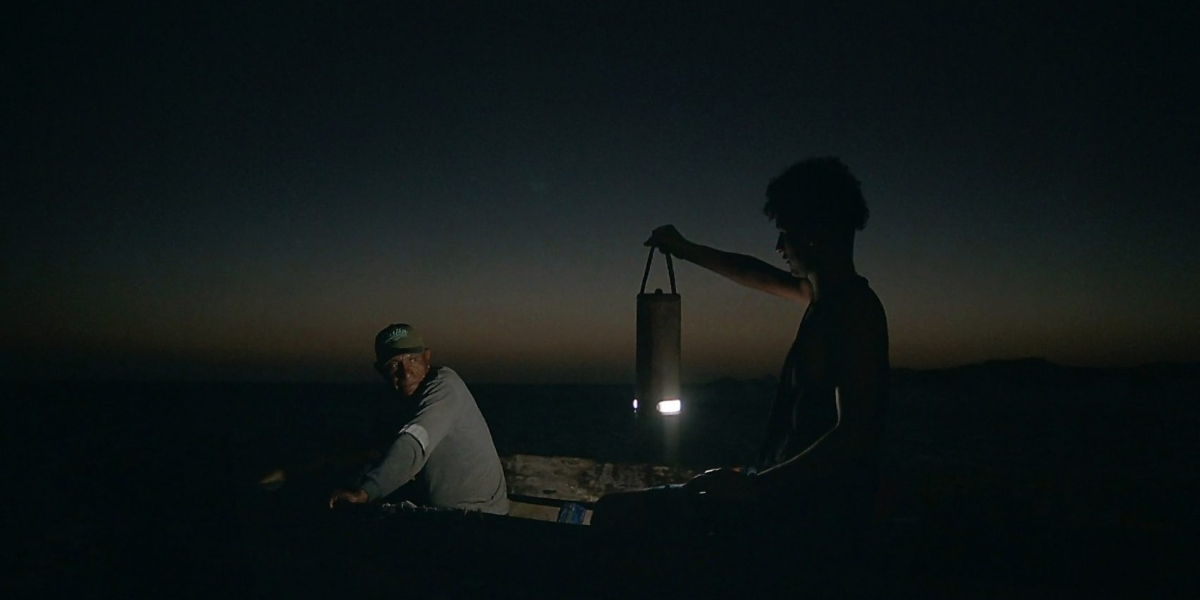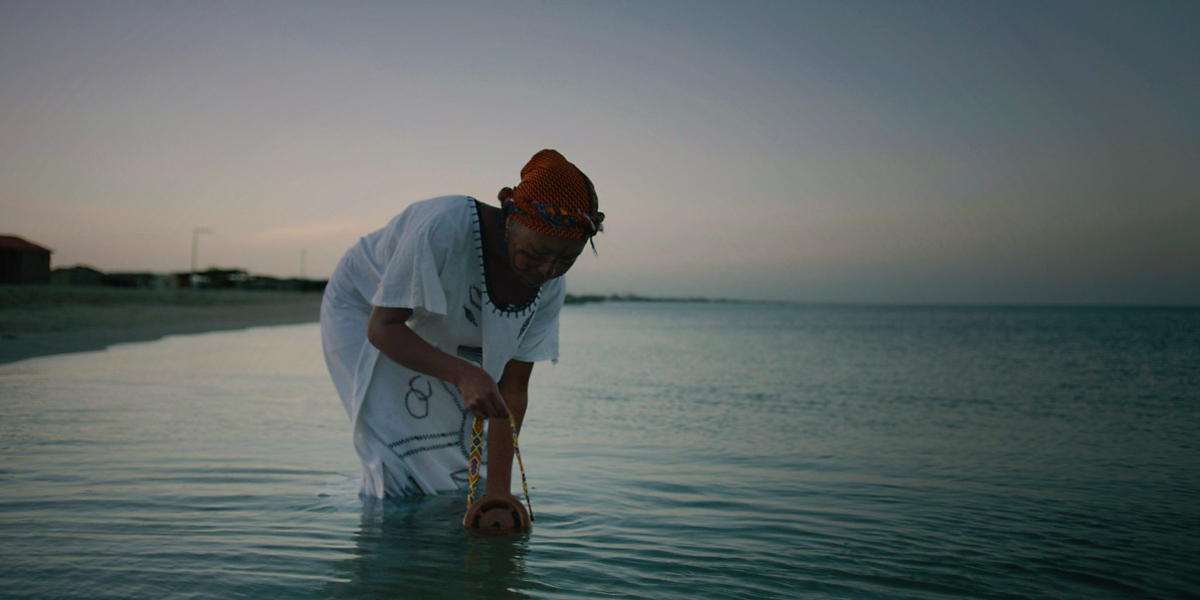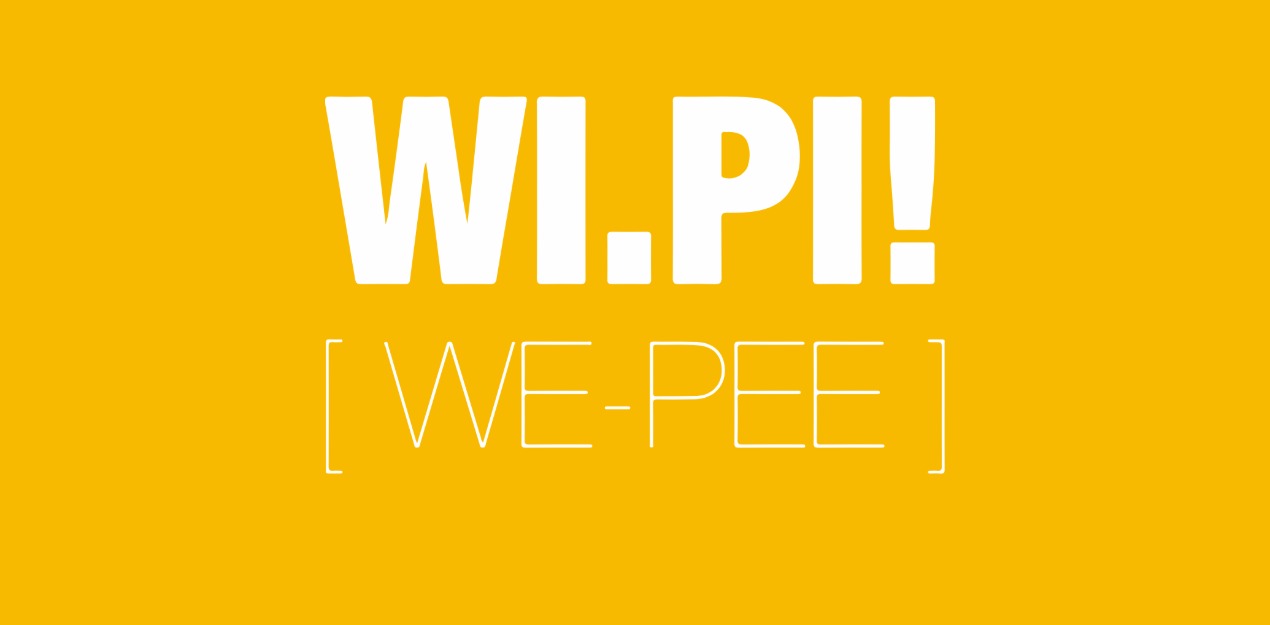AWARD YEAR
2023
CATEGORY
Community
GOALS
Good Health & Well-being, Affordable & Clean Energy, Sustainable Cities & Communities, Climate Action
KEYWORDS
portable energy, lantern, sustainable energy
COUNTRY
Colombia
DESIGNED BY
Wunderman Thompson & E-Dina
WEBSITE
https://www.wundermanthompson.com/work/waterlight
WaterLight
WaterLight is a portable lantern that can be charged with salt water or urine.
How does it work?
The portable device, WaterLight, needs to be filled with 500 millilitres of seawater – or urine in emergencies – to emit up to 45 days of light.
As a mini power generator, WaterLight can also use the device to charge a mobile phone or another small device via its integrated USB port.
WaterLight works 24 hours a day through ionisation, which sees electrolytes in the saline liquid react with magnesium and copper plates on the lamp's interior to produce electricity.
The light has a cylindrical case made of Urapán wood with a circuit integrated into its base and a perforated cap on top that allows water to flow into the device. At the same time, the hydrogen gas created during the ionisation process can escape.
After the salt particles have evaporated, the lamp can be emptied and refilled, while the used water can be repurposed for washing or cleaning.
Why is it needed?
According to the World Health Organization, at least 840 million people worldwide are without access to electricity, hindering their ability to work beyond daylight hours, carry out essential tasks and stay connected to the broader world. With electricity demand expected to increase by 70% by 2035, and traditional fossil fuels estimated to be exhausted in the next 52 years, a solution is urgently needed. WaterLight is poised for a worldwide rollout, demonstrating how technology, creativity and humanity can produce a ground-breaking idea and transform millions of people's lives.
How does it improve life?
This specific design is directed at many developing nations such as Sierra Leone, Nigeria, Gabon, Somalia and Syria that lack access to energy. But with the benefit of a coastline, governments, NGOs and private organizations seeking sustainable technology solutions for coastal communities, WaterLight is a forward-thinking, cost-effective option. With the global refugee crisis set to worsen, this device can provide invaluable aid for charities providing migrants with essential amenities, particularly in situations where resources are scarce.





